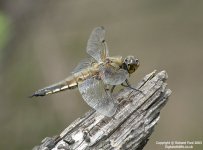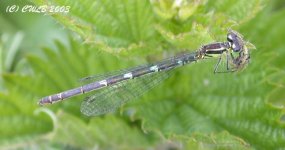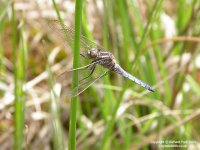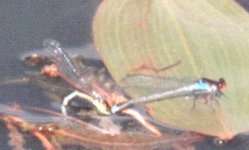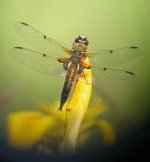Richard Ford
BF Member
This subject was touched upon within another thread.
I wondered if anyone else had used the technique to photograph insects?
I think its defiantly worth consideration for those who already have a Digiscoping set-up and are interested in Odonata. Provided you can find the subject which is always a problem its not that different to Digiscoping birds. It’s another option for a group of insects that can sometimes be unapproachable.
There is no reason why the technique could not also be applied to Butterflies and other groups of animals.
Rich
I wondered if anyone else had used the technique to photograph insects?
I think its defiantly worth consideration for those who already have a Digiscoping set-up and are interested in Odonata. Provided you can find the subject which is always a problem its not that different to Digiscoping birds. It’s another option for a group of insects that can sometimes be unapproachable.
There is no reason why the technique could not also be applied to Butterflies and other groups of animals.
Rich




